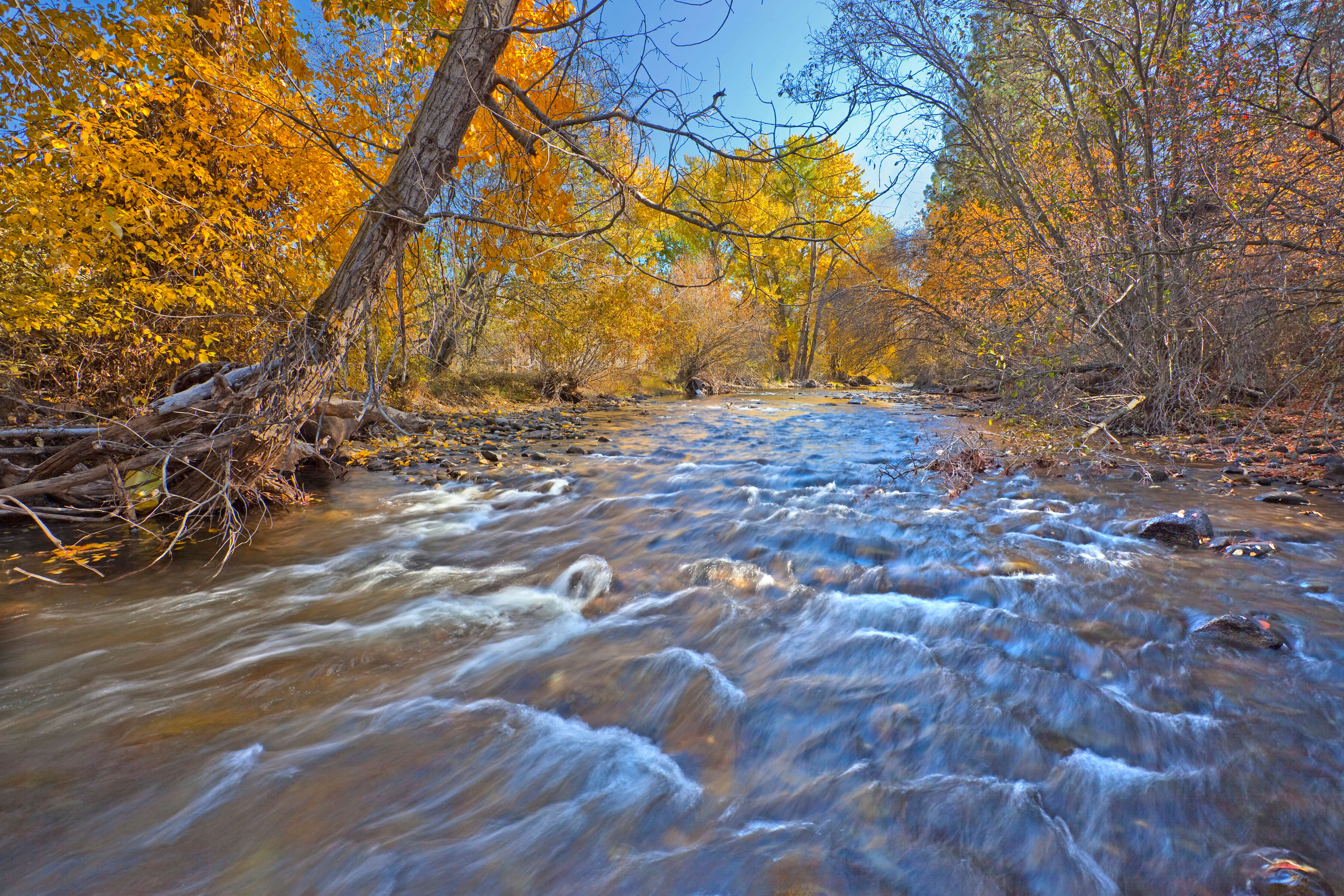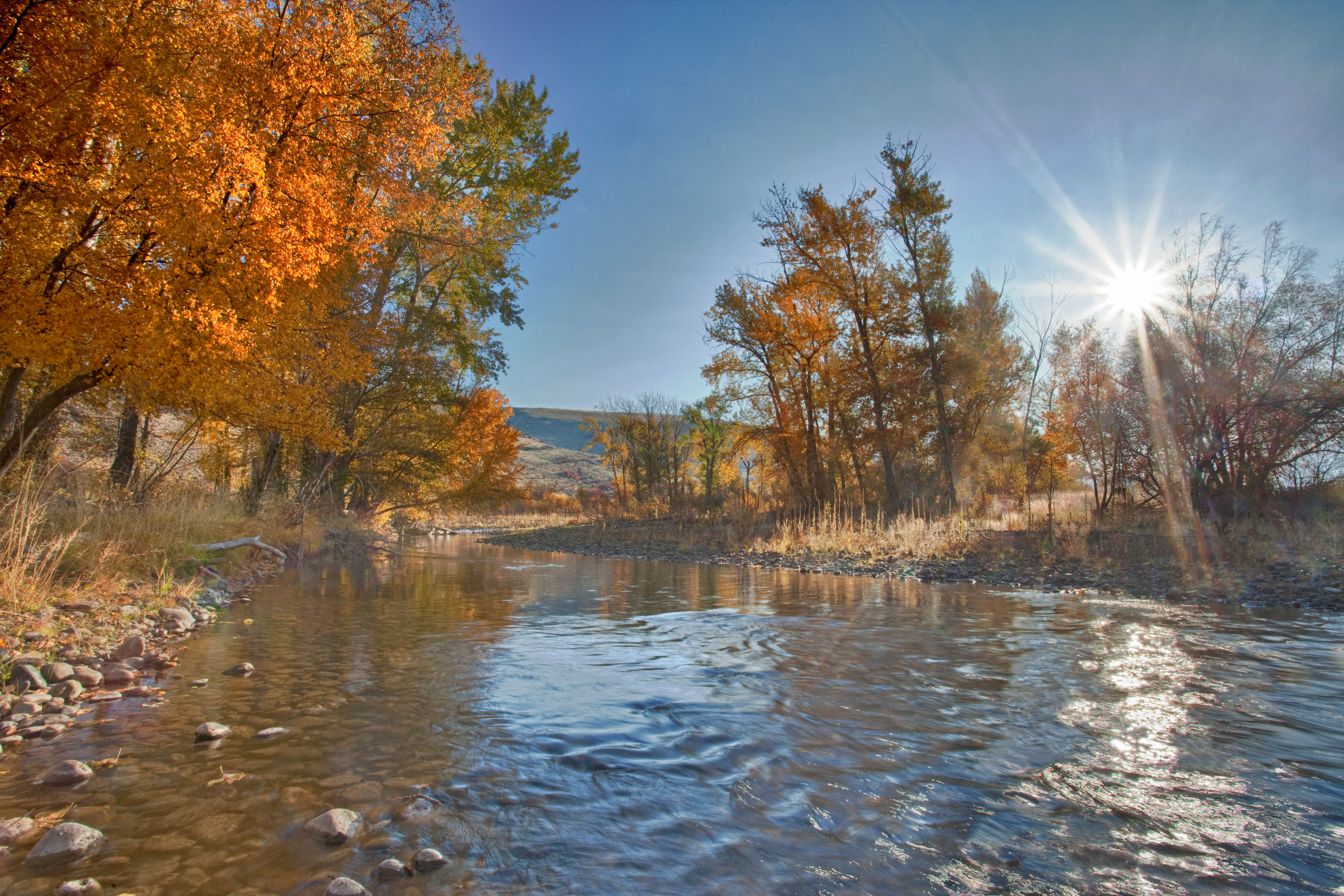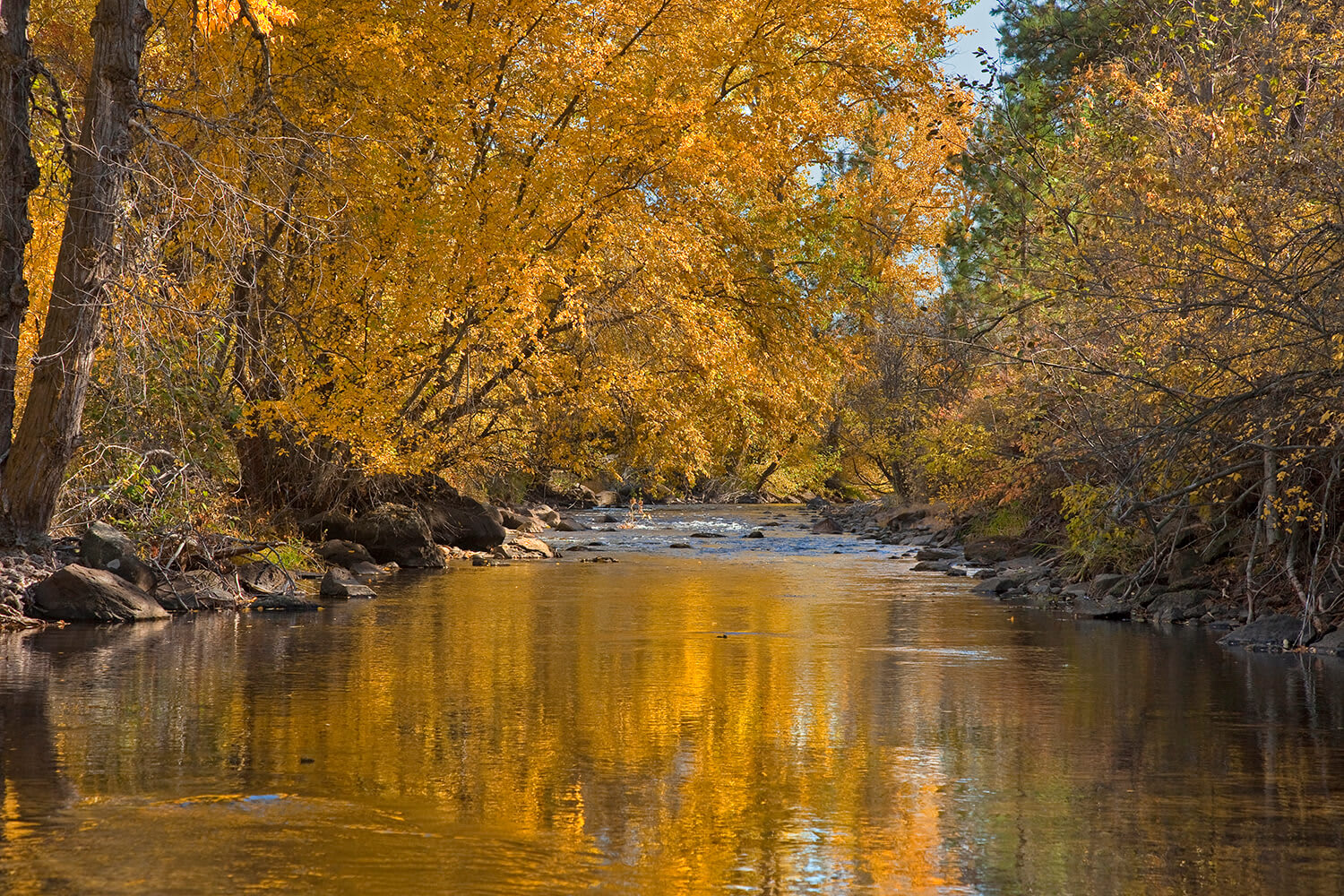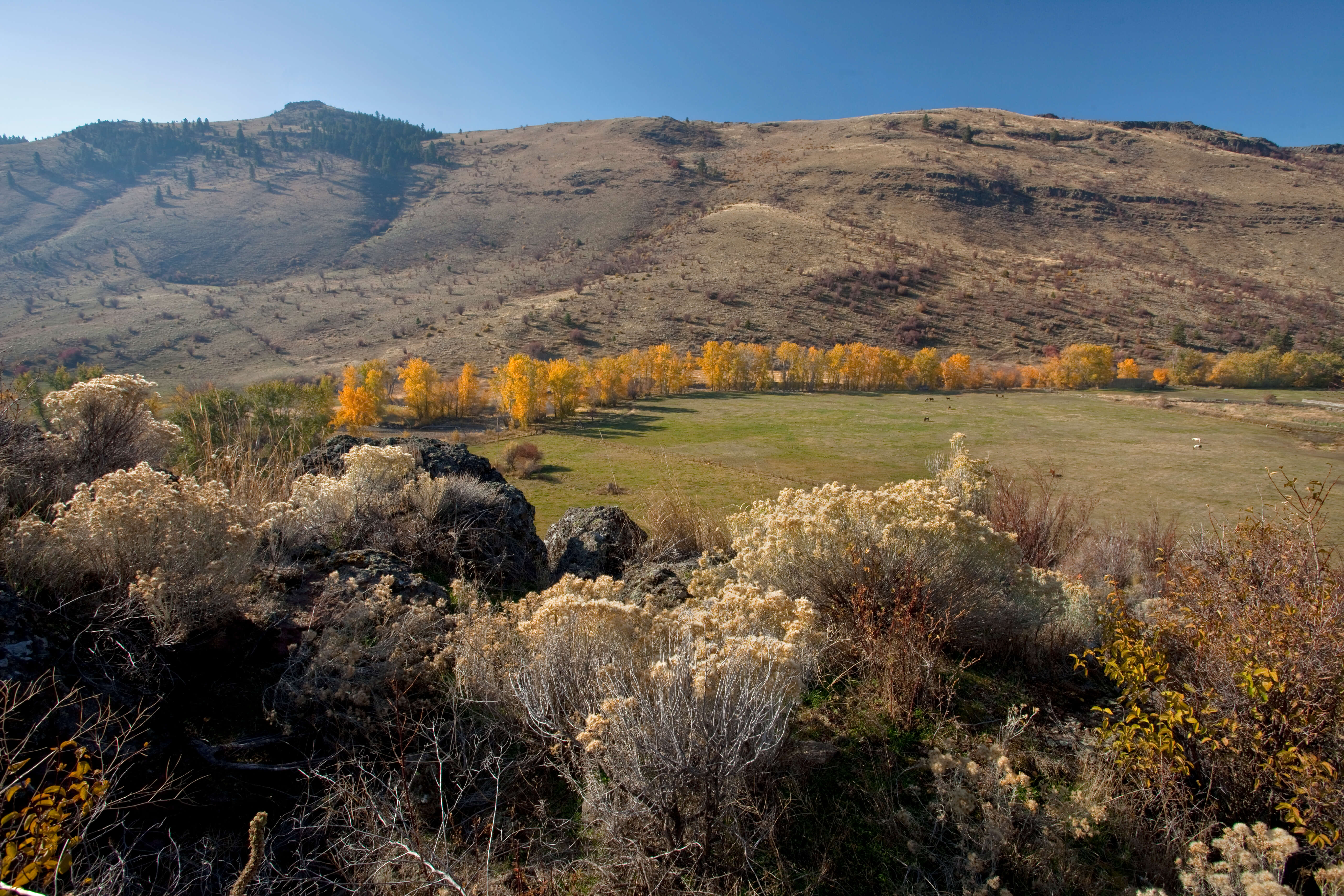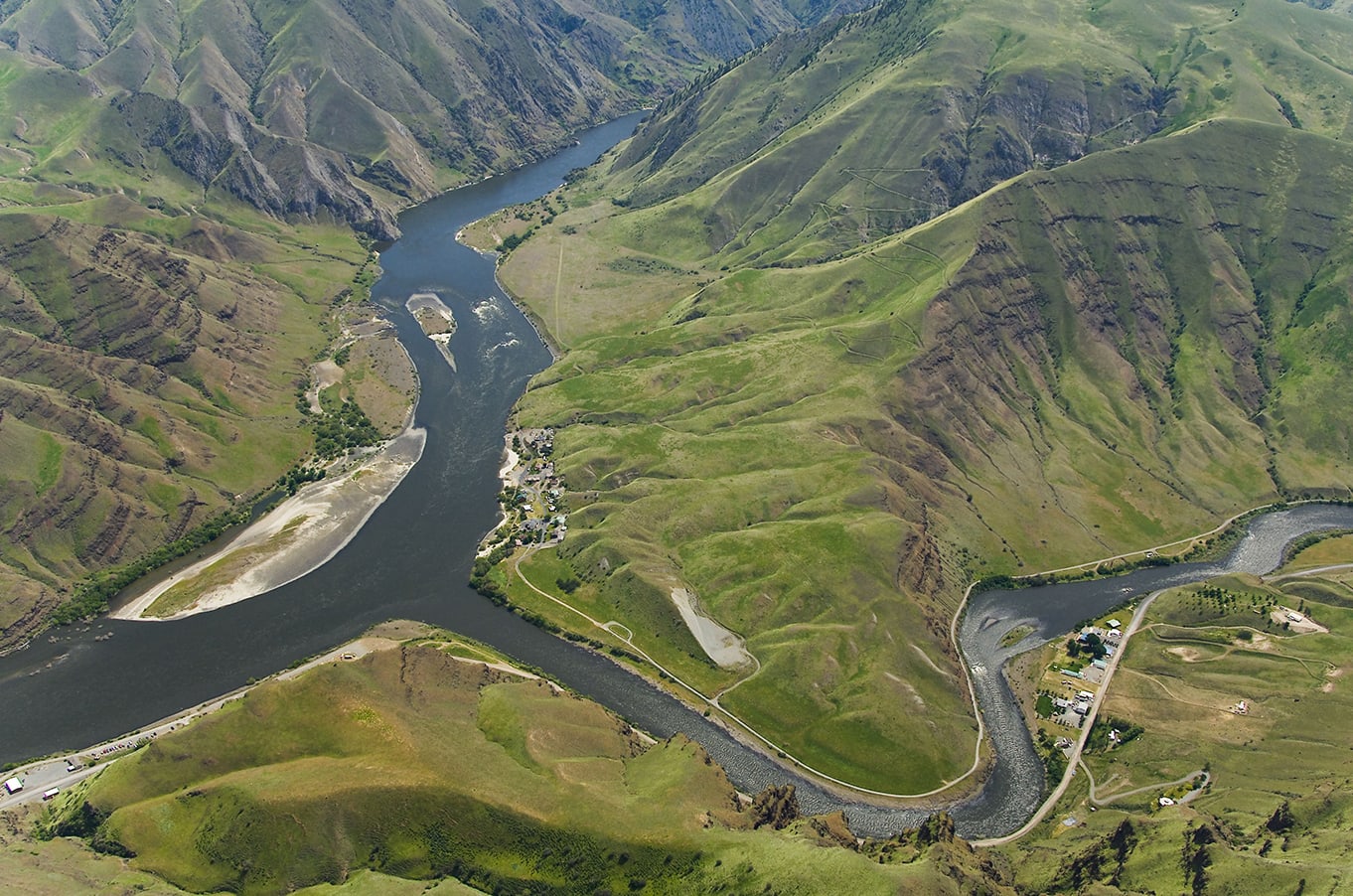In fall 2015, Western Rivers Conservancy completed a game-changing project for spring Chinook and summer steelhead by conserving 2.5 miles of Oregon’s Catherine Creek, a tributary to the Grande Ronde River. The project set the stage for one of the most important salmon habitat recovery projects in the Columbia Basin. WRC conveyed the lands to the Confederated Tribes of the Umatilla Indian Reservation, which received funding from the Bonneville Power Administration, under the Columbia River Accord, to conduct major restoration along the stretch that WRC acquired.
Research directed under the Endangered Species Act (ESA) has identified Catherine Creek as one of the highest priorities for fisheries restoration in the Snake and Columbia River basins. The creek is particularly important for ESA-listed spring Chinook. The stream section that passes through the property also provides high-priority habitat for bull trout and summer steelhead, both ESA-listed fish.
Catherine Creek flows 32 miles from the Wallowa Mountains to the Grande Ronde River, a tributary to the Snake River. About midway between the Wallowas and the Grande Ronde, it passes through the town of Union, Oregon. Below Union, development and diversions have reduced habitat capacity within the creek, making the reaches above Union especially important. The reach that WRC conserved is crucial. Spring chinook spawn in the upper river and over-winter in the stretch above Union, where degraded habitat has significantly decreased survival rates for juvenile Chinook that migrate down from the upper river.
WRC’s acquisition of the property allows the Tribe to restore side-channels and stream complexity within this reach of the creek in order to improve survival rates for over-wintering juveniles. Once completed, the project will improve odds for some of the Pacific Northwest’s most imperiled fish and benefit the Columbia River fishery as a whole.
It is rare for a Catherine Creek property of this size to come on the market. When it was put up for sale in 2014, WRC jumped at the opportunity to conserve such an expansive reach of the stream. The parcel boasts senior water rights for 43 acres that were formerly used as irrigated pasture. By dedicating these rights in-stream, WRC and the Tribe were also able to ensure healthier flows for fish. Small tributary streams like Catherine Creek are critical to the greater, basin-wide effort to recover salmon and steelhead, and WRC is proud to play a part in improving this vitally important creek.
